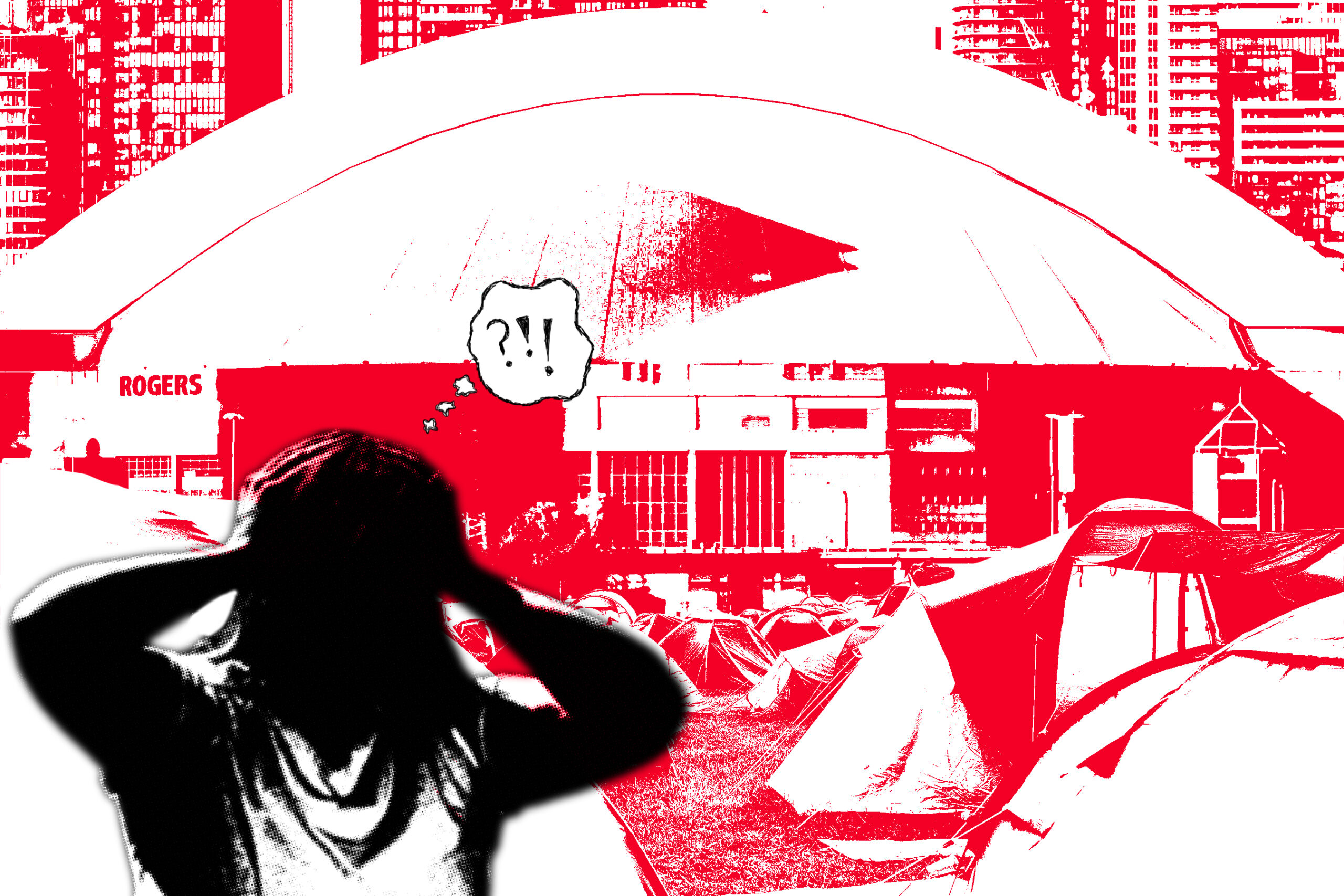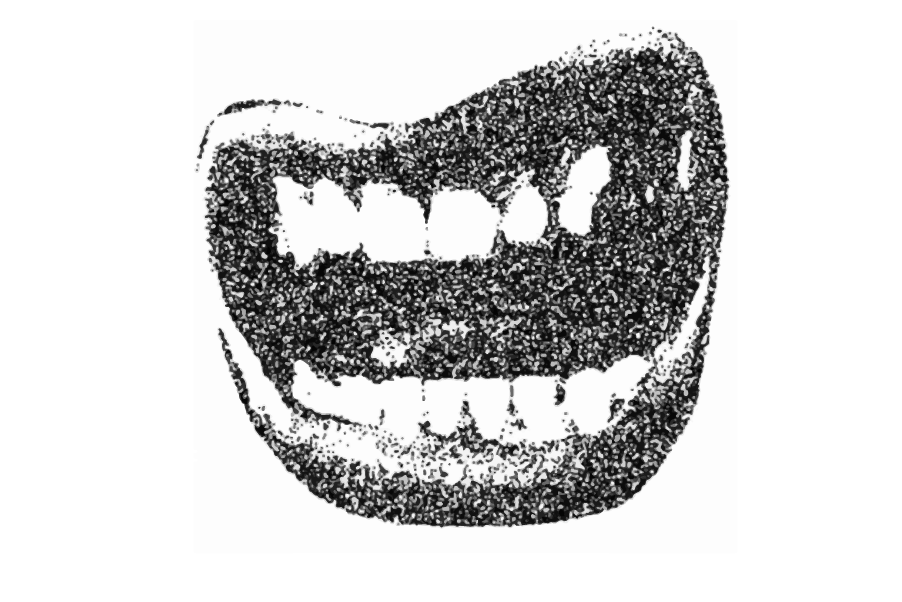BAND’s co-founder Karen Carter wants to start important conversations through the group’s art. (Photo by Dagmawit Dejene/CanCulture).
By: Dagmawit Dejene
The first thing you notice about BAND (Black Artists’ Network in Dialogue) is the black. Their gallery, housed in an old Victorian house in Toronto’s Parkdale neighbourhood, is painted completely black. Inside, most of the photographs hanging on the walls are black and white. The photos belong to the latest exhibition to be held at BAND, called Michael Chambers: Shadows to Silver – A 25 Year Retrospective. The exhibition opened on Feb. 1.
BAND’s mission is to support, document and showcase the artistic and cultural contributions of Black artists and cultural workers in Canada and internationally.
“[We want] to draw attention to the fact that there is a wide breadth of artists and cultural workers,” said Karen Carter, co-founder of the organization. “And that our voices as black Canadians are an important part of the overall narrative of our cultural tapestry.”
The gallery and cultural center was founded in 2008 by Carter, Maxine Bailey, Karen Tyrell, and Julie Crooks after they saw a need for an artistic and cultural space to have a dialogue about black culture.
“I believe culture and the arts create safe spaces for difficult conversations,” said Carter. “We work to break down racist and cultural bias about us through conversations that can be created with art.”
According to Carter, the gallery was inspired, in part, by the 2008 presidential election that saw Obama take head office.
“It was a kind of political and social motivation to just not talk but do something,” said Carter.
The four women decided to host an event called ‘Who’s Your Obama’ to create a dialogue about how the black community in Canada might secure a political figure as well. This event gave them the funds to register for a non-profit in 2010.
Tennille Dowers, who is the program coordinator at BAND, says that there are a lot of biases against black art and black artists.
Dowers lists biases such as, “being told that African art is not really art, it’s just artifacts, [or] that there’s no leisure involved in black art so it cannot be seen as something of luxury.”
Despite their unapologetically black exhibits, BAND does not aim to attract people from the black community to attend their shows. Carter believes that black people do not need to be told about their identity and their place in the world because “they already know.” Instead, they hope to educate other communities.
“We push for other cultural communities and people to feel very comfortable in this space,” said Carter, “because this work only makes sense if others are looking at it outside of our community.”
Over the past decade, BAND has succeeded in challenging the biases against black art and artists and have succeeded in gaining support from many Toronto communities. However, things were not always easy for the organization. The biggest obstacle that BAND had to overcome was space.
“We had issues with landlords who weren’t really comfortable with black artists in their space,” said Carter.
Luckily, Scotiabank stepped up to help the organization in 2014 and donated a space for their gallery with a 10-year lease. Unfortunately, the building sold in 2016 and BAND was bought out, but Scotiabank gave them some financial support to help them purchase the house that they currently occupy.
Their current exhibition features the photography of Jamaican-Canadian artist Michael Chambers. The exhibition was funded by the Black History Month program with TD Bank and will be running from January 25 – March 18.
“An artist like Michael looking at 25 years shows you that we have had creatives commenting on black culture and the space we hold in society long before Black Lives Matter protests,” said Carter.
This piece was edited by Jacklyn Gilmor.






